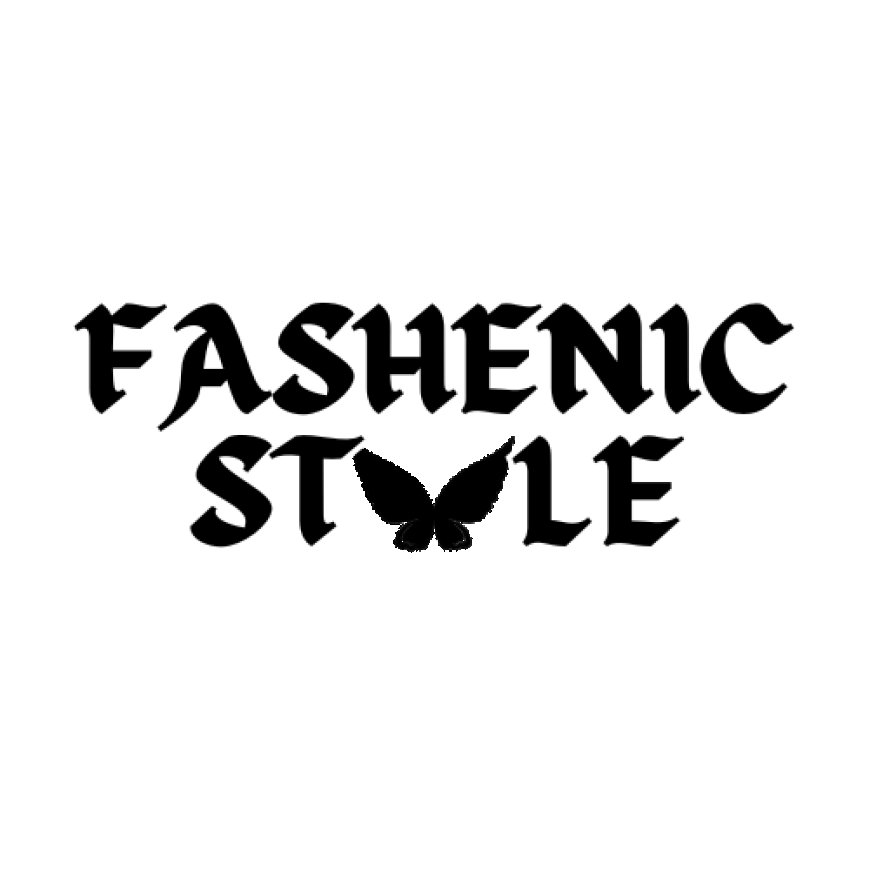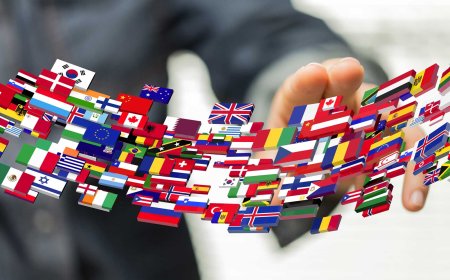How Fashion Bloggers Are Changing the Game
Stay on top of the latest fashion trends with expert styling tips, outfit inspiration, and beauty advice from top fashion blogs. Express your unique style with confidence and creativity every day.

In an age dominated by fast-moving trends and digital-first fashion, fashion blogs have emerged as powerful platforms reshaping the very core of the industry. What started as personal style diaries has morphed into a dynamic ecosystem of influence, commerce, and cultural commentary. Todays fashion blogs are not just amplifying trendstheyre architecting them.
The Rise of Fashion Blogs in the Digital Era
Blogging platforms like Blogger and WordPress opened the door in the early 2000s. Suddenly, anyone with a Wi-Fi connection and an eye for style could build a following. Unlike traditional fashion media, blogs didnt require glossy covers or couture connectionsjust a voice and a viewpoint. This grassroots revolution democratized style content.
From Hobbyists to Industry Tastemakers
Fashion bloggers now sit front row at runway shows, collaborate with legacy brands, and even launch their own product lines. Theyve transitioned from amateurs to authorities, wielding the same cultural clout as editors from Vogue or Elle. The power dynamic in fashion media has shiftedand bloggers are at the helm.
Authenticity Over Advertising
While influencer marketing continues to grow, fashion blogs offer something rarer: depth and trust. Readers follow bloggers for their unfiltered opinions, detailed product reviews, and personal styling journeys. Sponsored content exists, but the best bloggers balance commerce with candor. It's authenticity that retains loyal audiences.
Niche Fashion Blogs Redefining Style Norms
From Afrocentric streetwear to Japanese minimalism, niche blogs cater to communities long ignored by mainstream fashion. These blogs reject one-size-fits-all style in favor of curated, culturally rooted narratives. Theyre not chasing mass appealtheyre setting their own terms for what fashion looks like.
Diversifying the Fashion Narrative
Fashion blogs have given rise to new voices across body types, ethnicities, gender identities, and age groups. They challenge the narrow standards perpetuated by traditional advertising. Through styling guides, personal essays, and community engagement, they spotlight representation that feels realnot performative.
Influencing Consumer Behavior and Shopping Trends
From Get the Look breakdowns to try-on hauls and curated shopping lists, bloggers drive consumer decisions with remarkable precision. Their endorsement of a brand can lead to sellouts within hours. Unlike generic ads, their influence is built on relatable contexthow it fits, feels, and functions in real life.
Collaborations with Luxury and Indie Brands
Brands are leaning into the credibility of bloggers for capsule collections, exclusive launches, and design feedback. Whether its a streetwear drop with a cult blogger or a limited edition lipstick co-designed by a fashion writer, these collaborations blur the line between creator and brand.
Shaping Runway Trends Through Real-World Wearability
Runways may predict whats next, but fashion blogs decide what actually gets worn. Bloggers interpret designer looks through the lens of everyday styletranslating couture into something accessible and aspirational. Their outfit recreations, styling hacks, and wardrobe tips bridge the gap between art and application.
Creating Communities, Not Just Content
Fashion blogs thrive on engagement. From comments to newsletters to social media tie-ins, the content feels conversational. Readers dont just consume; they interact, ask questions, and share their own interpretations. It's fashion as dialoguenot monologue.
Blurring the Lines Between Blogger and Designer
As their influence grows, many bloggers are designing clothing, launching labels, and entering the retail space. What begins as a curated aesthetic becomes a sellable vision. Their intimate understanding of their audience allows them to create with pinpoint precision.
Impact on Sustainable and Ethical Fashion Movements
Many fashion bloggers are spearheading the shift toward conscious consumerism. They highlight eco-friendly brands, share thrift hauls, and educate readers on textile waste and carbon footprints. These blogs foster a culture of mindful fashion, proving style doesnt have to come at the planets expense.
Democratizing Fashion Media
Once upon a time, fashion narratives were filtered through a handful of editors. Now, thousands of bloggers contribute to the global style dialogue. Whether they have 5,000 readers or 5 million, each voice adds richness and relevance to the broader fashion story.
The Business Behind Fashion Blogging
Fashion blogging is no longer just a passion projectits a viable business model. Revenue streams range from affiliate marketing and brand sponsorships to product lines and digital courses. Successful bloggers operate as creative entrepreneurs, managing content calendars, brand partnerships, and community growth.
Whats Next for Fashion Blogs in 2025 and Beyond
Expect blogs to embrace immersive formatsAR try-ons, interactive shopping guides, and AI-personalized style content. With the line between blog and e-commerce continuing to blur, bloggers will wield more power than ever in shaping not just trends, but how we engage with fashion altogether.
Conclusion
Fashion blogs have disrupted an industry once dominated by exclusivity. Through honesty, innovation, and representation, theyve become the new gatekeeperscurating culture one post at a time. As digital fashion evolves, the influence of these blogs will only deepen, guiding how we dress, shop, and express identity in the years to come.

































